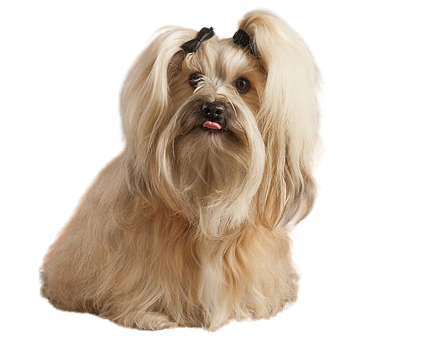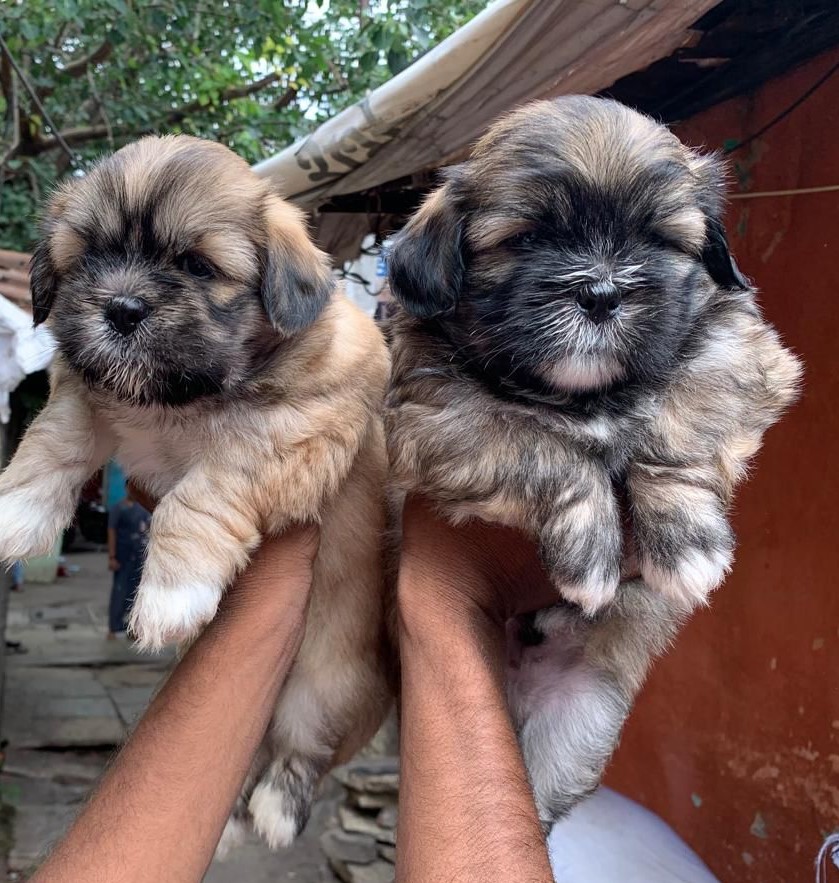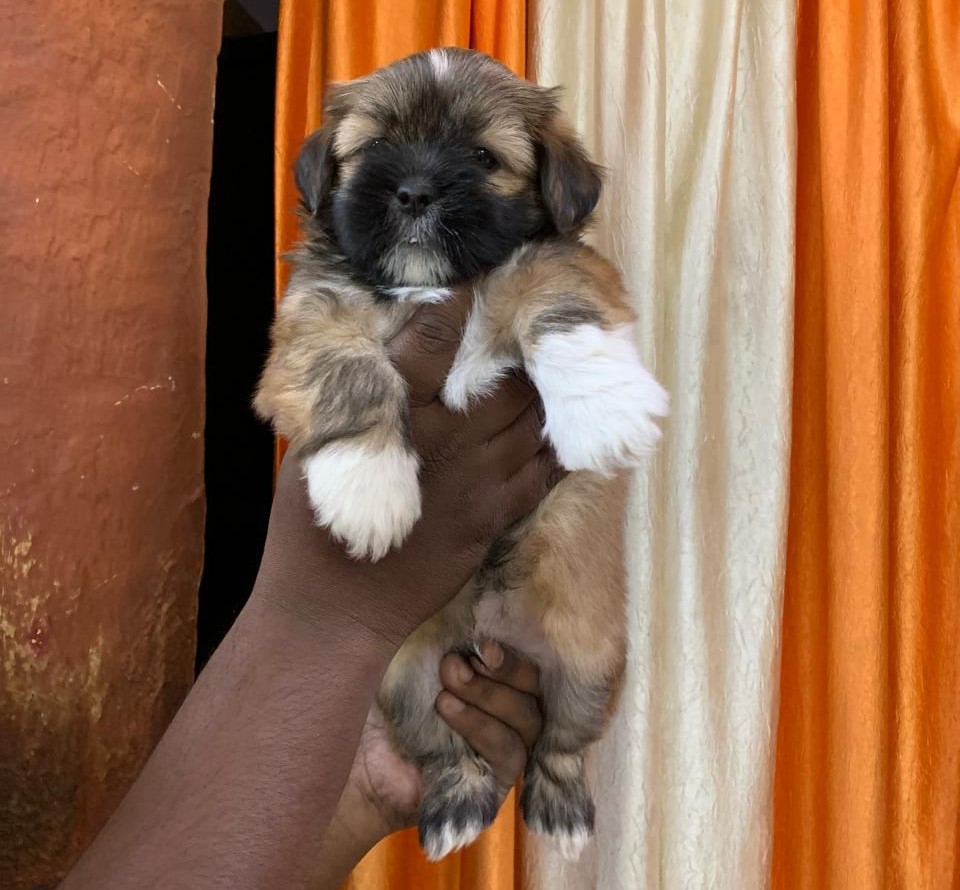
Lhasa Apso Price in Chennai
The cost of a Lhasa Apso puppy in Chennai can varies with the breeder, lineage, and whether the puppy is of pet quality or champion bloodline quality. If you are buying it from a good breeder then it may range between ₹ 30,000 to ₹ 90000, or even higher. Here are some general price ranges:
- Pet Quality Lhasa Apso: They cost between ₹ 37,000 and ₹ 70,000.
- KCI Registered or Higher Quality Lhasa Apso: The costs of these puppies can be as high as ₹50,000 or more based on the breeder and pedigree of the puppy.
There are many places like Doggywala that provide the best Lhasa Apso dog price in Chennai.









